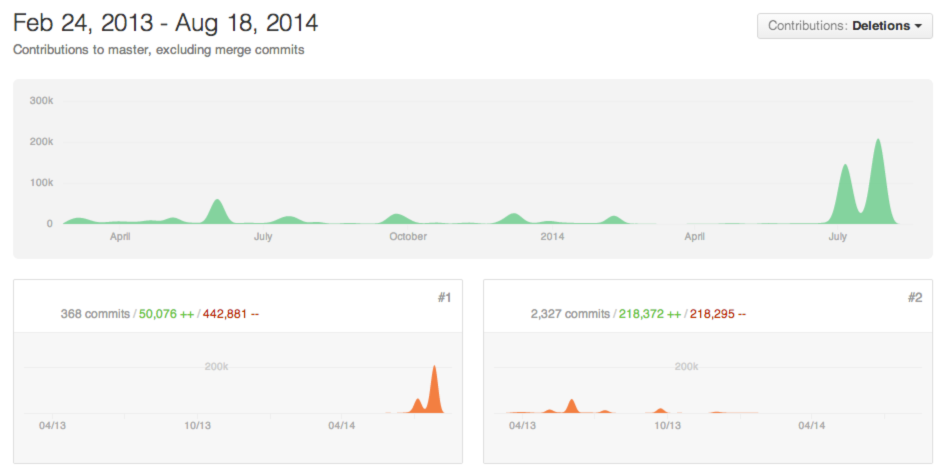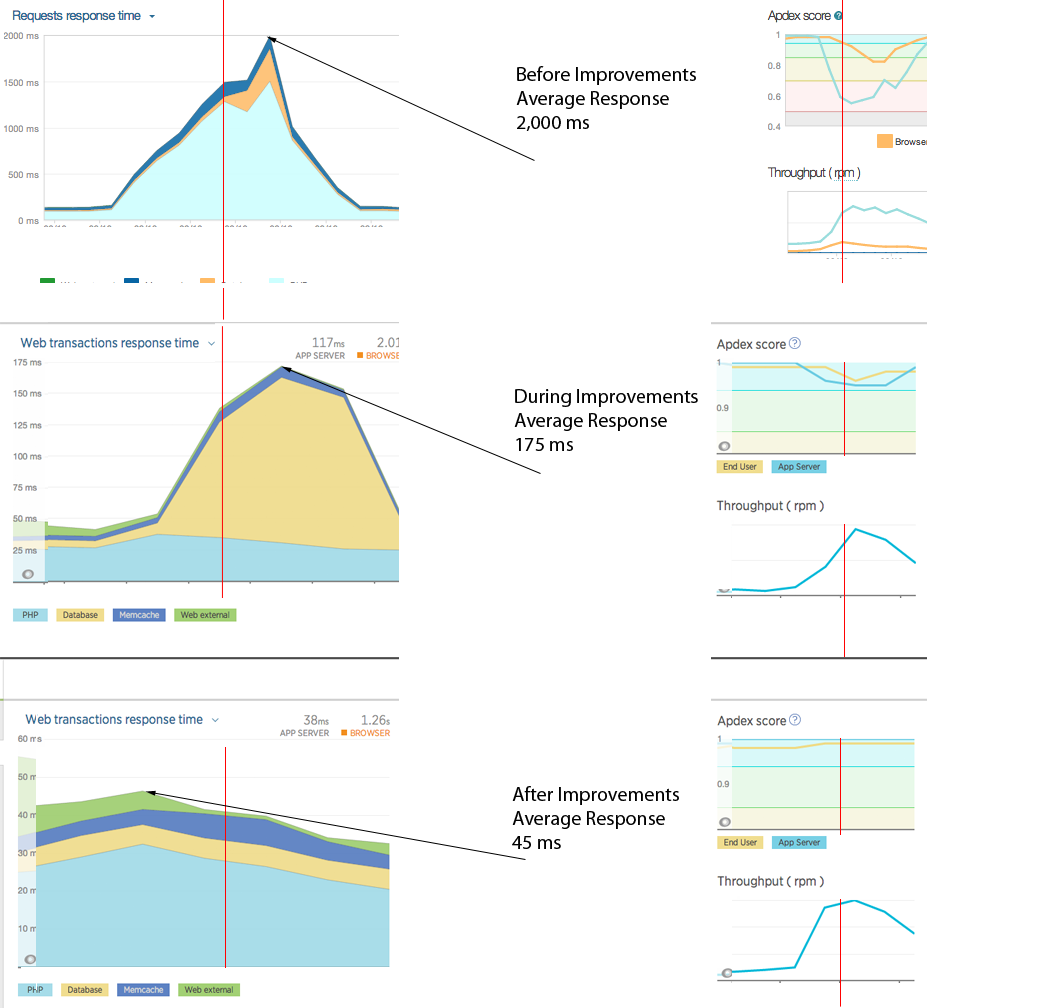A question without a definitive answer. Finding opinions from authoritative sources can also be easily obscured due to search engine optimization or even the choice of words used while searching.
I used the following search terms initially in Google and DuckDuckGo.
- what is the right size of a blog post
- what is the ideal length of a blog post
I then started with the term “ideal blog post”, and here are the type-ahead responses. Clearly “length” is the definitive winner in word association. My first thought was “size”, is that a technical difference?
DuckDuckGo
- ideal blog post length
- ideal blog post length for seo
- ideal blog post size
- ideal blog post length 2021
- ideal word count for a blog post
- ideal length for a blog post
- ideal length of a blog post
- ideal length for a blog post
NOTE: Size mentioned only once.
- ideal blog post length
- ideal blog post length for seo
- ideal blog post title length
- ideal blog post length 2022
- ideal blog post length for seo 2022
- ideal blog post length 2021
- ideal blog post length 2020
- ideal blog post length for seo 2020
- ideal blog post frequency
- ideal blog posts
NOTE: Size not mentioned once. As a result the original title of my post was changed from size to length.
Search Outcomes
Using Google, which now often will provide a summarized result (known as a feature snippet) before examples of what People also ask, or ad results that are even before ranked actual results.
what is the right size of a blog post – Google
2,100-2,400 words
For SEO, the ideal blog post length should be 2,100-2,400 words, according to HubSpot data. We averaged the length of our 50 most-read blog posts in 2019, which yielded an average word count of 2,330. Individual blog post lengths ranged from 333 to 5,581 words, with a median length of 2,164 words. Mar 2, 2020
ideal blog post length – Google
about 1,500 to 2,000 words
Although your blog post length may vary depending on your topic and audience, it is often best to aim for about 1,500 to 2,000 words for articles or posts. Longer pieces seem to do better when it comes to ranking on SERPs.
DuckDuckGo
I have not yet seen, nor in these examples is DuckDuckGo creating a single answer summary. Probably IMO a good thing.
what is the right size of a blog post – Bing
Branching out I was curious what other possible engines provided.
1,600 words – According to 2 sources
And then a non copy/paste answer that I had to extract from developer tools
In the infographic “ The Internet is a Zoo: The Ideal Length of Everything Online ” from Buffer, they find that the ideal blog post length is 1,600 words. But some sources think a good blog post should be even longer than that. In a Medium article, the writer says that posts with an average read time of 7 minutes captured the most attention.
According to research done by popular blogging platform, Medium, the ideal length for blog posts is 1,600 words (or seven minutes of reading). This number is based on an analysis of the “average total seconds spent on each post and compared this to the post length.”
ideal blog post length – Bing
To sum up, here’s a list of common blog posts lengths to help you find your own ideal length:
Micro content: 75–300 words. Super-short posts are best for generating discussion. They rarely get many shares on social…
Short-form content: 300–600 words. This is the standard blogging length, recommended by many “expert” bloggers. Shorter…
More …
what is the right size of a blog post – Yahoo
Above the fold, after ads and before People also ask and actual results was
For SEO , the ideal blog post length should be 2,100-2,400 words, according to HubSpot data. We averaged the length of our 50 most-read blog posts in 2019, which yielded an average word count of 2,330. Individual blog post lengths ranged from 333 to 5,581 words, with a median length of 2,164 words.
ideal blog post length – Baidu
As the homepage was all Chinese and I wasn’t sure if I should continue but I cut/pasted english and hit the button and got results in English.
The text of the first search response was something I’d not seen on any other page, so for reference apparently there are Blog styles ![]()
Ideal Blog Post Length for SEO Blog posts vary in length from a few short paragraphs (Seth Godin style) to 40,000 words (Neil Patel style).
What an SEO SME says
So I reached out to my most knowledgeable friend in SEO and asked them the question Without googling or searching online, based on your SME.
Q: What is the right size of a blog post?
A: You mean content length? 1500 to start, ideally more towards the 5,000 or 10,000
Q: What is the best reading time for a blog post?
A: depends – long form vs short – some times a simple paragraph is all you need. Other times you want a book.
Summary
Using what the engines provide as a single recommendation, not the top organic search result.
| Source | Response |
|---|---|
| 1,500-2,000 or 2,100-2,400 depending on question | |
| DuckDuckGo | - |
| Bing | 1,600 (only to mention time of 7 minutes) |
| Yahoo | 2,100-2,400 |
| Human SEO SME | 1,500 |
Additional Helpers
A recent edition to my short reading email summaries of useful articles is TLDR. While this is not new information the inclusion of 1 minute read, 2 minute read, 11 minute read is useful data to me in making an informed decision based on the factors at the moment. Other information that helps this example which is a newsletter is 300,000 Subscribers and 43% Open Rate. There are also other data points that help, and could narrow your audience and determine what you may consider and ideal size.
Returning to the summarized results of various search engines, only one, Bing, provided this additional measurement of time, and the answer was “average read time of 7 minutes captured the most attention.” which translated into 1,600 words.
I cannot ofter any personal validation of either of these data points, but I should perhaps start collecting it.
Conclusion
What is the answer? Well, only your target audience can inform you of this. The question(s) is then who is your target audience? Is your target audience who you think they are?
For the record, my last blog post was 1973 words long, and this one is 1216 words long, therefore averaging 1594 words. NOTE: These numbers were the original versions length, both of which have changed/evolved over time with additional feedback.
This leads to a more important question. How are you measuring the impact of your blog posts and how does size/length/time play a role in that?
Sidebar: Is a blog post actually the best way for people to read your content, or at least gain insights into what may be useful for your readers. Is a newsletter a better option?
Going back to the TLDR newsletter for a moment, this information can be found on the website.
- Highly technical audience, primarily software engineers and other tech workers
- 30% United States, 10% United Kingdom, 10% Canada, 25% other EU, 25% other non-EU
- 50% ages 25 to 34, 20% ages 18 to 24, 20% ages 35 to 44, 10% other
- Primary sponsors get between 1000 to 1250 clicks
- Developer sponsors get between 750 to 1000 clicks
- Subscribers from companies like: Google, Amazon, Facebook, Apple, … (it’s interesting this is a list of logos, and what order they are in, FWIW)
I do not have access to the data so I am unable to gain more insights as to what is most read articles based on time. Hint: Interesting infographic for TLDR to publish.
I would ask how do they know point 1 and point 3 of my information without additional data mining providing this detail? I provided an @gmail email address, and my location can be determined via IP.


 This month will see the release of the book
This month will see the release of the book 



 I will be attending next week’s
I will be attending next week’s